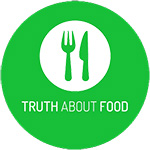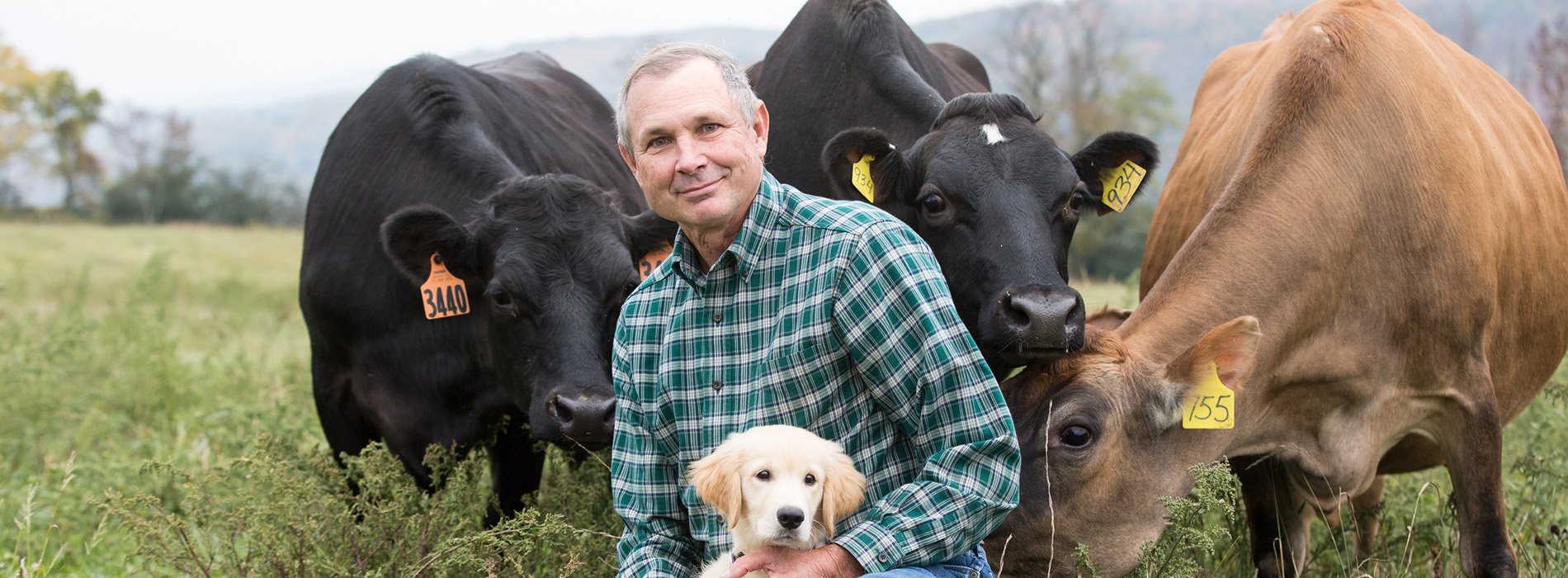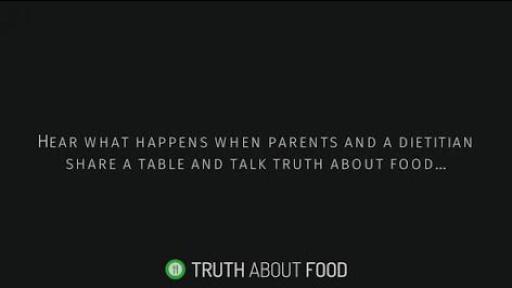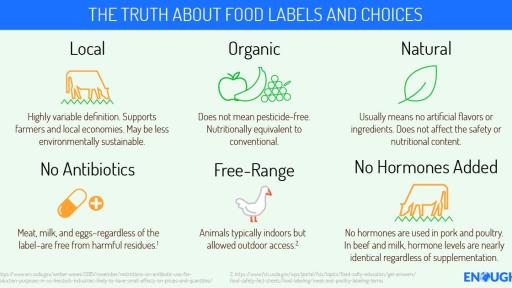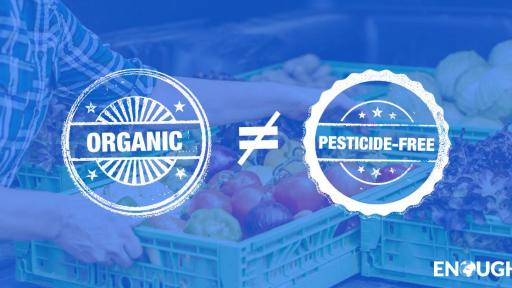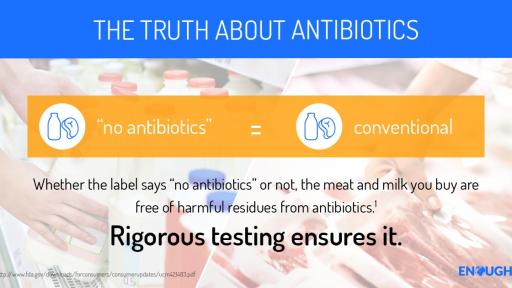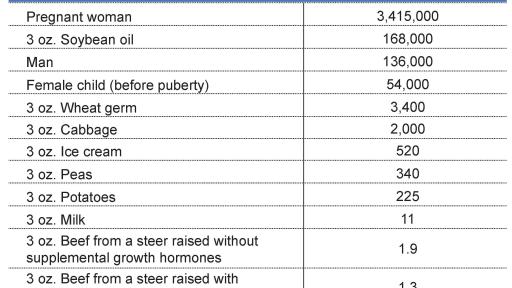New Data Highlights Rift between Consumers’ Perceptions, Science about Food Choice
Findings confirm consumer confusion, highlight need for clarity in food production
Greenfield, Ind. (March 29, 2017)
Conflicting sources of information about food and nutrition and confusing label claims make it difficult for families to navigate grocery aisles around the world according to a new global survey sponsored by the Enough Movement. Key findings showed that people across the globe care about what goes in their food and on their tables, but even the most diligent consumer admitted they don’t really know the meaning of many food labels, the differences in farming methods like organic and conventional and the environmental impact.
“The farm-to-table movement has revealed that we all want to know what’s in our food and where it comes from,” said registered dietitian Susan Finn, PhD, RD, FADA. “But it’s hard to separate fact from fiction when it comes to food labels, farming practices, and other food production topics. Distinguishing myth from reality can make a big difference in the choices families make about nutrition, household budgets and environmental impact.”
#Food labels can be confusing and don’t always mean what we think. Get the facts #TruthAboutFood Tweet
Key findings include:
Food labels are one of the most confusing topics for consumers.
- Two-thirds of survey respondents report buying “all natural” or organic foods motivated by a perception that they are healthier and safer. In fact, 99 percent of organic purchasers expressed confidence in their understanding of the organic label. Yet the data shows a significant gap between their perceptions of what it actually means.
- The main motivation consumers report for buying organic – 82 percent – is because they believe organic foods to be pesticide free. Organic does not mean pesticide free. Organic farmers may use a variety of chemical sprays and powders on their crops manufactured from natural sources, including substances like boron, copper sulfate and pyrethrin1 similar to the synthetic versions used in modern farming.
- Two-thirds of consumers buy organic because they believe them to be more nutritious. However, a landmark meta-analysis from Stanford University, which compiled data from 237 studies, concluded that there was no health or nutrition difference found between conventional and organically produced food.2
- No Added Hormones and No Antibiotics were other confusing labels. More than 60 percent of consumers thought No Added Hormones meant there were no hormones in products with that label, while another 25 percent thought products with this label were higher quality. Meanwhile, about one-third of consumers believed antibiotic free meant non-labeled products contained antibiotics.
- All living things contain hormones – people, plants, animals, and therefore the food we eat.
- There are no added hormones used in pork or poultry production3 around the world, even though about three-quarters of consumers surveyed believe they are.
- In beef and dairy production, hormone levels in food from animals supplemented with hormones are nearly identical to those that aren’t. And, hormones in naturally hormone-rich foods like cabbage and soy contain far higher levels than meat, milk and eggs.4
- Regardless of whether an animal was sick and treated with an antibiotic or was raised entirely without antibiotics, the food you buy is free from any harmful antibiotic residue.5 Testing ensures it.
Consumers are confused about modern agriculture, farming, and food production.
Modern, organic, industrial, family farm. Consumers have a lot of questions about how food is raised and how farmers care for animals and our resources.
- More than half of survey respondents (52 percent) believe that the majority of farms are run by corporations.
- In the United States, 97 percent of farms are family owned and 88 percent are small family farms.6 The percentage of family-owned farms globally is 90 percent.7
- Nearly 70 percent of survey respondents choose organic foods because they believe they’re better for the environment.
- Organic farming produces less food – about 25 percent less on average. It requires significantly more land and resources to produce the same yield as modern farming methods. For example, to have raised all U.S. crops as organic in 2014, farmers would have required an additional 109 million acres of land, about the size of California.8
- While organic methods use less fertilizer, herbicides and energy, modern farming methods resulted in less soil erosion. In fact, modern farming practices are often the most environmentally sustainable, using innovation to decrease the amount of land, feed and water to raise meat, milk and eggs today.9
Food waste and loss is a top concern among survey respondents.
- 91 percent of people surveyed believe the number one way to eliminate hunger globally is to eliminate food waste.
- According to the Food and Agriculture Organization of the United Nations, 30 to 40 percent of food is lost in production each year10 making it a significant challenge. But, food waste is more than just veggies wilting in the fridge, and occurs across the entire production system. In animals, more than 20 percent of production is lost to death and disease, regardless of production system11. Best management practices and tools that help keep animals healthy are critically important to this challenge, as are making shopping decisions that support sustainable farming.
“The survey results underscore just how critical it is for more people to understand what goes on behind the scenes with their food,” said Janice Wolfinger, agriculture educator and farmer. “As a farmer, animal health and well-being is a top priority and we do everything we can to ensure that our animals are healthy. And as a mother, I choose to purchase foods that were grown using conventional food methods for a variety of reasons, but most importantly because I know that they’re safe for my family and they’re a better fit for our budget.”
Based on the survey, the ENOUGH Movement is sharing the “Truth About Food,” a program to bring accurate, fact-based information to spark discussion and dispel misunderstanding. Information about the campaign can be found at www.enoughmovement.com/truth-about-food.
About the Survey
The Truth About Food Survey, conducted by Kynetec, included 3,337 urban consumers in 11 countries – United States, France, Germany, United Kingdom, Italy, Turkey, Brazil, Mexico, Colombia, Argentina and Peru. The survey response level provides a margin of error of +/-5.7% at 95% confidence level.
About the ENOUGH Movement
The ENOUGH Movement is a global community working together to ensure everyone has access to nutritious, affordable food — today and in the coming decades. We’re consumers, farmers, businesses, and everyday people passionate about implementing practical solutions to build a food-secure world. Join the Enough Movement at www.enoughmovement.com/join or follow us on Facebook.
About Elanco
Elanco provides comprehensive products and knowledge services to improve animal health and food-animal production in more than 70 countries around the world. We value innovation, both in scientific research and daily operations, and strive to cultivate a collaborative work environment for more than 6,500 employees worldwide. We are committed to raising awareness about global food security, and celebrating the human-animal bond. Founded in 1954, Elanco is a division of Eli Lilly and Company. Visit us at Elanco.com.
####
1 http://www.omri.org/omri-lists/download
2 https://www.ncbi.nlm.nih.gov/pubmed/22944875
3 https://www.fsis.usda.gov/wps/portal/fsis/topics/food-safety-education/get-answers/food-safety-fact-sheets/food-labeling/meat-and-poultry-labeling-terms/meat-and-poultry-labeling-terms
4 http://newsroom.unl.edu/announce/beef/2846/15997
5 https://factsaboutbeef.com/2015/01/27/drug-residues-in-meat/
6 https://www.usda.gov/wps/portal/usda/usdamediafb?contentid=2015/03/0066.xml&printable=true
7 http://www.cgap.org/blog/global-distribution-smallholder-and-family-farms
8 http://www.nationalreview.com/article/426417/organic-farms-wasting-water-and-land-far-lower-yields-henry-i-miller-julie-kelly
9 https://www.washingtonpost.com/lifestyle/food/is-organic-agriculture-really-better-for-the-environment/2016/05/14/e9996dce-17be-11e6-924d-838753295f9a_story.html?utm_term=.602589c92d2f
10 http://www.fao.org/in-action/seeking-end-to-loss-and-waste-of-food-along-production-chain/en/
11 http://www.oie.int/for-the-media/editorials/detail/article/feeding-the-world-better-by-controlling-animal-diseases/
Media Contacts:
Colleen Parr Dekker
(317) 989-7011
[email protected]
Keri McGrath
(317) 370-8394
[email protected]
